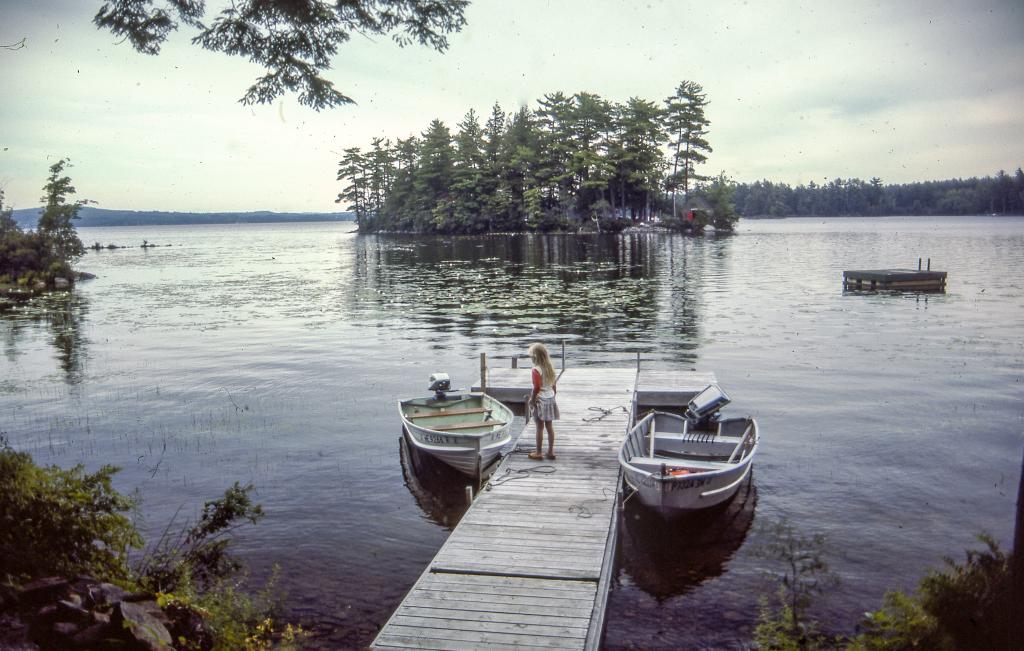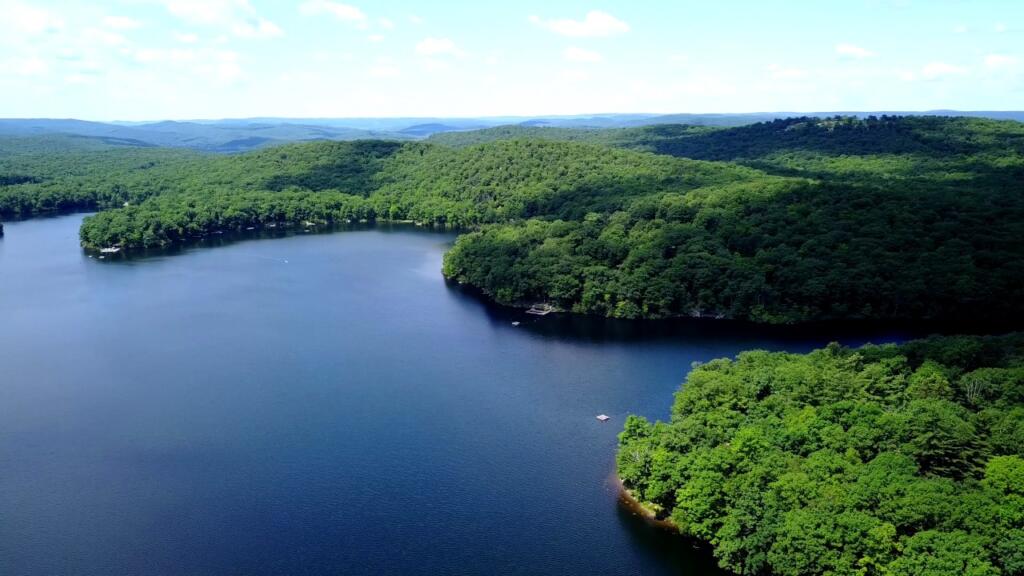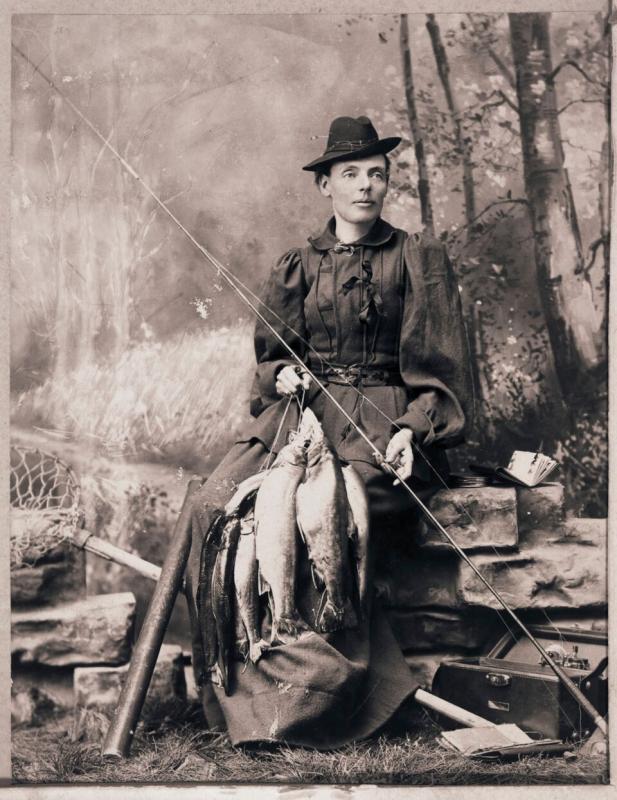
For some, a dream lake house means countless boats on the water, a thriving city nearby, and a sense that there’s always something going on. But others prefer a secluded, quiet slice of paradise. If you’d choose the latter, a home on one of the Maine lakes might be perfect. As the least populated state in the country, you’re likely to have more outdoor space to yourself. Bordered by the Appalachian Mountains and the Atlantic Ocean, the state is surrounded by majestic nature, and its lakes are no exception. Check out these fun facts about four Maine lakes!
Henry David Thoreau Loved Moosehead Lake

Henry David Thoreau, the famous American poet, philosopher, and essayist in the 1800s, was famous for his pastoral lifestyle. His book, Walden, describes the simple joys of existing in nature. On one of his many outdoor journeys, he visited Moosehead Lake, where he climbed the state’s highest peak, Mt. Katahdin. In his book, The Maine Woods, he fondly refers to Moosehead Lake’s nature as “uninterrupted” and a “gleaming silver platter at the end of a table.”
Although he wrote these words over 100 years ago, he isn’t wrong today. According to the New York Times, an average of 4 people per square mile live in Piscataquis County, where you will find Moosehead Lake. The landscape is scattered with tall spruces, firs, and pines. Wildlife like moose and bald eagles inhabit these spaces. If you’re looking to live on a peaceful, rustic lake, endorsed by Henry David Thoreau himself, Moosehead Lake is the one to check out.
Damariscotta Lake is Home to a Rare Alewives Run

Of the Maine lakes, this one is slightly lesser-known, and you may see fewer boats on the water. But despite its isolation, Damariscotta Lake is not one to skip. The lake’s remarkably clear waters allow you to see 10 feet below the surface. This clarity is an especially useful feature for witnessing the famous annual Alewives Run.
Alewives, members of the herring family, are seawater fish that travel to freshwater to spawn each year. Although the alewife population has thrived in the past, they have significantly decreased in Maine over the last 200 years. Most recently, the Damariscotta Mills fish ladder has revived this population. This year alone, the ladder has helped 1,069,488 alewives into Damariscotta Lake. You can witness their migration annually over Memorial Day weekend. As part of the annual Alewife Festival, the Damariscotta Mills community hosts a 5K run, a cookout, and a chance to watch the fish.
Of the Maine lakes, this one is slightly lesser-known, and you may see fewer boats on the water. But despite its isolation, Damariscotta Lake is not one to skip. The lake’s remarkably clear waters allow you to see 10 feet below the surface. This clarity is an especially useful feature for witnessing the famous annual Alewives Run.
Alewives, members of the herring family, are seawater fish that travel to freshwater to spawn each year. Although the alewife population has thrived in the past, they have significantly decreased in Maine over the last 200 years. The Damariscotta Mills fish ladder has revived this population. This year alone, the ladder has helped 1,069,488 alewives into Damariscotta Lake. You can witness their migration annually over Memorial Day weekend. As part of the annual Alewife Festival, the Damariscotta Mills community hosts a 5K run, a cookout, and a chance to watch the fish.
Sebago Lake is the Deepest in New England

Just northwest of Portland is Sebago Lake, which is the deepest lake in New England. Its depth of 316 feet is enough to hold the Statue of Liberty, plus the base. It contains almost a trillion gallons of clear water that provides the Greater Portland Area’s water supply. As well, it’s the second largest lake in Maine at 28,771 acres. The lake’s depths make it very popular for fishing lake trout. Sebago Lake’s underwater islands and coves also make it home to multiple other fish breeds like largemouth bass, smallmouth bass, and crappie. If you’re choosing one of the Maine lakes for fishing, look no further.
The First Registered Maine Guide is from Rangeley Lake

If you’re seeking outdoor sports on the Maine lakes, you may have heard of the Rangeley Lake Resort. It’s a prime destination for travelers who ski and snowboard in winter and fish and kayak in summer. Today, it’s a revered travel destination. But at one point in time, Rangeley Lake wasn’t on the map.
In the 1850s, the presence of 12-pound brook trout in the lake brought a slough of anglers to Rangeley Lake. Over the following decades, the region brought on local guides. One of them was Cornelia Crosby, also known as “Fly Rod Crosby.” She gave up a steady job in baking to fish Lake Rangeley, caught hundreds of fish per day, and wrote popular journal articles about her sport. She later became the first registered Maine guide — a prestigious feat, especially for a woman in the 1800s. You can find her namesake trail by the lake, the Fly Rod Crosby Trail.
Learn more about lake living on Maine lakes at Lakehomes.com!

